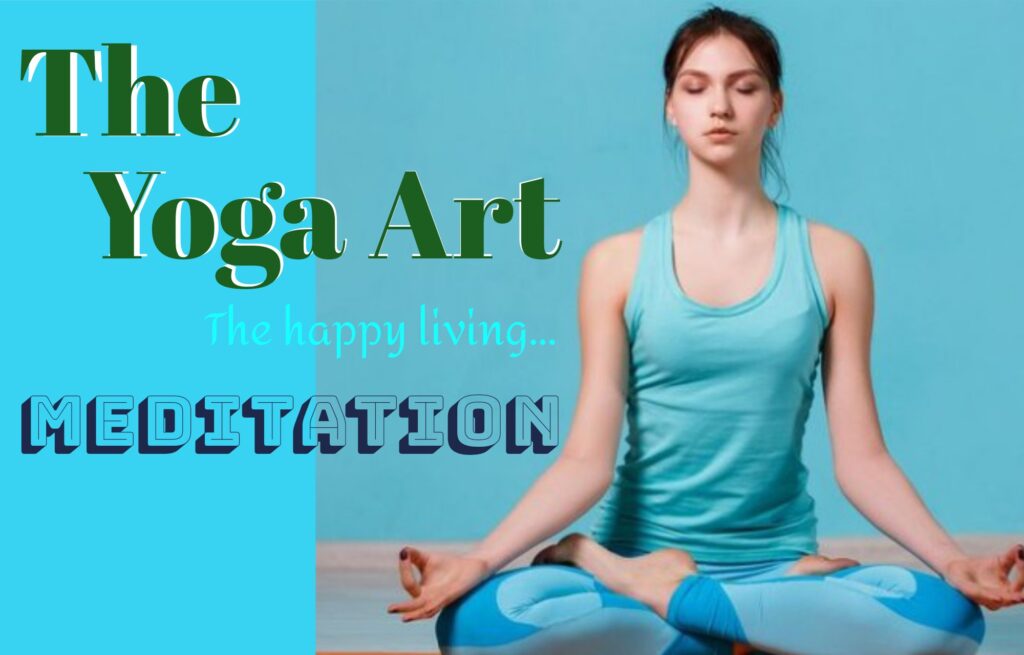Role of Meditation in Yoga

Meditation plays a fundamental role in yoga, serving as a gateway to deeper awareness, inner peace, and spiritual growth. In the context of yoga, meditation isn’t just a practice but a state of being where the mind achieves stillness and clarity, allowing practitioners to connect with their true selves and the universal consciousness.
Through meditation, yogis cultivate mindfulness, sharpen their focus, and develop a heightened sense of awareness of their thoughts, emotions, and physical sensations. This self-awareness is crucial in yoga as it facilitates the journey towards self-realization and understanding.
Moreover, meditation complements the physical aspects of yoga by promoting relaxation, reducing stress, and enhancing overall well-being. It encourages a state of calmness that extends beyond the yoga mat into daily life, helping individuals manage challenges with equanimity and perspective.
Ultimately, the practice of meditation in yoga serves to integrate mind, body, and spirit, fostering a holistic approach to health and vitality that goes beyond mere physical exercise.
In yoga, meditation serves as a profound tool for cultivating inner peace, self-awareness, and spiritual growth. There are several types of meditation practiced within the yogic tradition, each offering unique pathways to stillness and connection:
1. Mindfulness Meditation: Focuses on observing the present moment without judgment, often by anchoring attention to the breath, bodily sensations, or external stimuli. It enhances awareness and helps manage stress and emotions.
2. Mantra Meditation: Involves repeating a sacred word, phrase, or sound (mantra) silently or aloud. This practice aims to calm the mind, deepen concentration, and elevate consciousness.
3. Loving-kindness Meditation (Metta): Cultivates feelings of compassion, kindness, and goodwill towards oneself and others. Practitioners mentally repeat phrases that extend wishes for happiness and well-being.
4. Transcendental Meditation (TM): Involves silently repeating a specific mantra given by a trained teacher. TM aims to promote deep relaxation, reduce stress, and expand awareness towards transcendental states.
5. Visualization Meditation: Involves creating mental images or scenes to evoke relaxation, healing, or spiritual connection. It enhances creativity, focus, and can facilitate inner healing processes.
Each type of meditation in yoga offers its own benefits and resonates differently with practitioners based on their goals and spiritual inclinations, fostering a holistic approach to well-being and self-discovery.